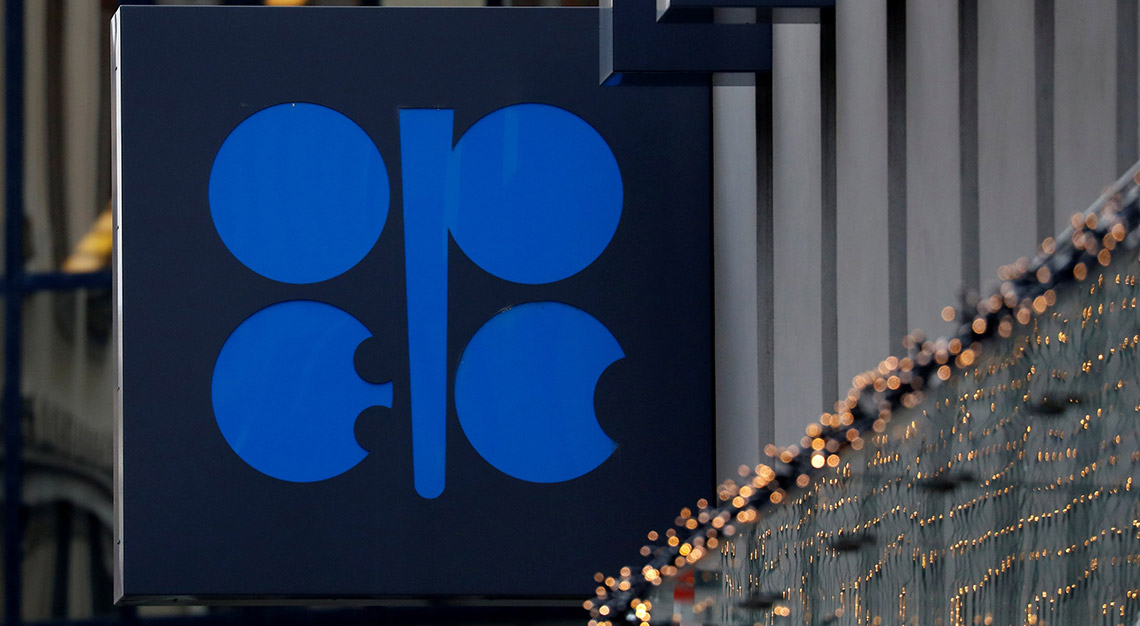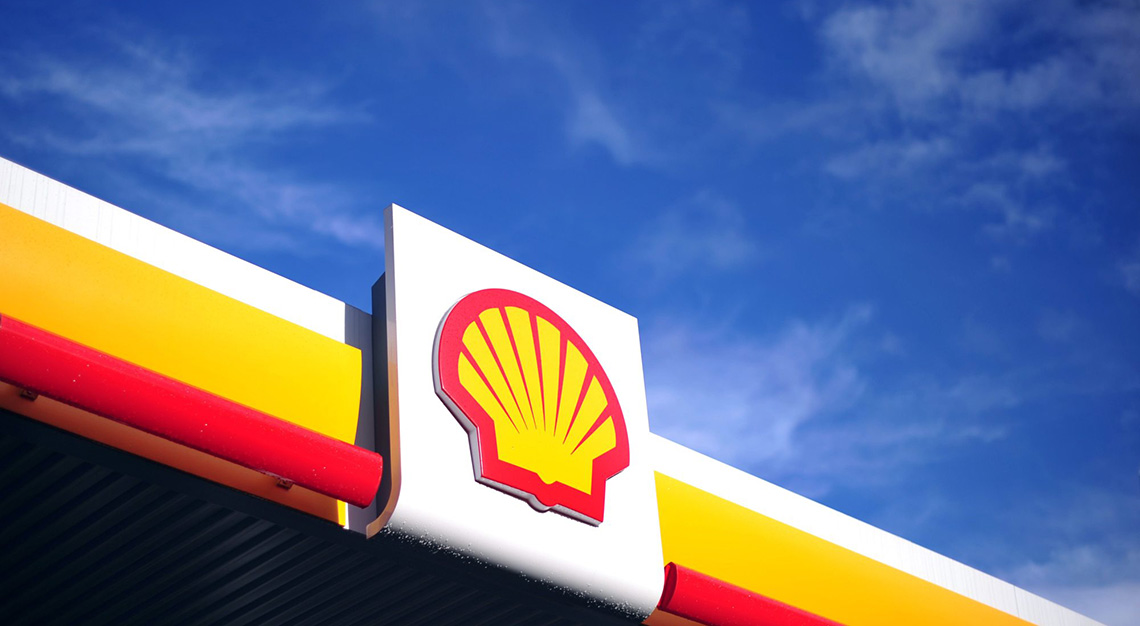Too much is never a good thing, as evident in the recent oil plunge. But with the fall comes investment opportunities. The question is, what industries should one look at?
Despite it being one of the oldest commodities traded in the world, oil has always suffered the fate of volatility since the ’70s. In March, it made headline news as prices plunged to more than a 10-year low. This was a result of two factors: a price war declared between Saudi Arabia and Russia, after the latter country walked out on a production cut agreement with Organization of the Petroleum Exporting Countries (OPEC), along with the ongoing widespread of COVID-19.
The price plunge mainly affected the Brent Crude benchmark, a raw material found in the North Sea between the Shetland Islands and Norway. It’s sought after by refiners who typically process it into other higher value oil products, such as fuel oil for seaborne oil tankers or power generation, jet fuel for commercial planes or military aircraft, along with diesel and petrol for commercial and household vehicles.

The world’s demand, and the effect on prices
The oil market has been hit by a double whammy of a global demand and supply shock, the former arising when air travel across the globe came to a halt. Industrial production has also come to a standstill due to government regulations.
With both Saudi Arabia and Russia not coming to an agreement with OPEC on a production cut on crude, supply has swelled to a glut. This will continue to weigh on the prices of oil products. With the lack of air travel, jet fuel supply will experience an overhang while airlines continue to see flights being grounded. Petrol and diesel prices will also slump as supply swells on the back of countries that are undergoing lockdowns, prompting a weakened demand on transportation fuels.
One positive outcome from this is buyers who have the storage capacity will be able to purchase crude barrels as an investment, and selling it to refiners when the market takes a turn for the better.

How this impacts Singapore
“Oil-producing counties in OPEC are already reeling from the unprecedented lockdowns in their domestic economy and weakening global travel and industrial demand. Oil-refining activities will also be cut in response, affecting countries with bigger oil-refining capabilities, such as Singapore,” says Danny Lee, senior deputy director of Synergy Financial Advisers.
Singapore’s economy hasn’t come to a standstill, but it has been seeing a slump, given its Singapore has a refining capacity of around 1.395 million barrels per day, spread across three refineries, ExxonMobil and SRC on Jurong Island, and Shell on Pulau Bukom.
The city-state is touted as a major shipping hub and has ranked as the top maritime capital of the world since 2015. According to statistics from the Maritime and Port Authority of Singapore (MPA), Singapore experienced a 14.6 per cent year-on-year dip in March. It also saw a 9.7 per cent decrease in vessel arrivals, compared to the previous month, which saw 10,879 vessel arrivals. To manage the lower demand for oil, Singapore would have to adjust its operating rates.

How long the plunge will last for
As major economic powerhouse countries continue to grapple with the widespread of COVID-19, it is still hard to determine how long countries will remain in lockdown. New cases emerging and death tolls rising in the Americas, Europe and South Asia are still on the rise, with an extension of government measures that have been set in place.
Lee believes that the demand for oil will probably only recover after the worst of the pandemic has been contained, and on a worldwide scale. “The supply front is supposed to follow the dynamics of the oil price and demand, but with geopolitics coming into play, it is not that simple. The ongoing price war for crude oil has caused prices for shale oil in the US to fall, prompting shale oil producers to halt production. This would, in turn, encourage OPEC countries to keep its competition out of the market scene,” says Lee.
In mid-April, Saudi Arabia along with Russia and its OPEC allies came to an agreement to cut around 10 per cent of its oil production, or slashing around 9.7 million barrels per day for May and June. And just a few days ago, Saudi Arabia announced an additional cut of one million barrels of crude production per day, which would take place in June.
With this, the price of crude oil prices will slowly ‘recover’, as market participants view the production cuts as good news for an already oversupplied market. And once countries ease their lockdown regulations, demand will slowly kick in, prompting a new wave of price increments.
It’s time to invest
Despite the ongoing crisis, this is, in fact an opportune time for investing, since the market is perceived to have weakened, leaving potential for growth when the demand returns.
With the current super-contango market, Lee recommends looking into oil storage stocks in the short term, to take advantage of the usual sky-high oil storage costs. Companies to consider include Chevron, ConocoPhillips, and Phillips 66, which have major storage holdings on land in the US, or Vopak and Oiltanking, which have land-storage facilities in Singapore. Transportation companies that stand to gain from low energy prices can also be something to look at in the mid-term, but only after countries reopen their borders.




Alternatively, investors may also capitalise on companies like Shell and ExxonMobil, which have production chains ranging across upstream and downstream activities.
“The fact that the world is too dependent on OPEC and the risks associated with the geopolitical plays may also spearhead diversification away from OPEC,” says Lee. To counter this, investing in companies that harness solar / wind / geothermal energy, hydro, nuclear and biomass is an equally good long-term strategy.
The metals industry could also be another alternative commodity to look into. For instance, copper should return as a highly sought after metal when industrial sectors return to operation globally. In addition, the demand for lithium will likely grow in the long-term, as countries looking to lower air pollution would try to make a transition to battery-operated vehicles.
But apart from oil, energy and commodities, one should also take some time to read up on pharmaceutical companies that have emerged in the market, especially those that are working on a vaccine or drug which could eradicate the COVID-19 virus. One such example is Gilead Sciences, Inc., which has been developing a potential treatment for the virus with the drug ‘Remdesivir’, with rapid clinical trials underway.






